A Museum Dedicated to the ‘Last Witch in Europe’ Just Got a Million-Dollar Donation
Soon you’ll be able to visit the Anna Göldi Museum year-round.
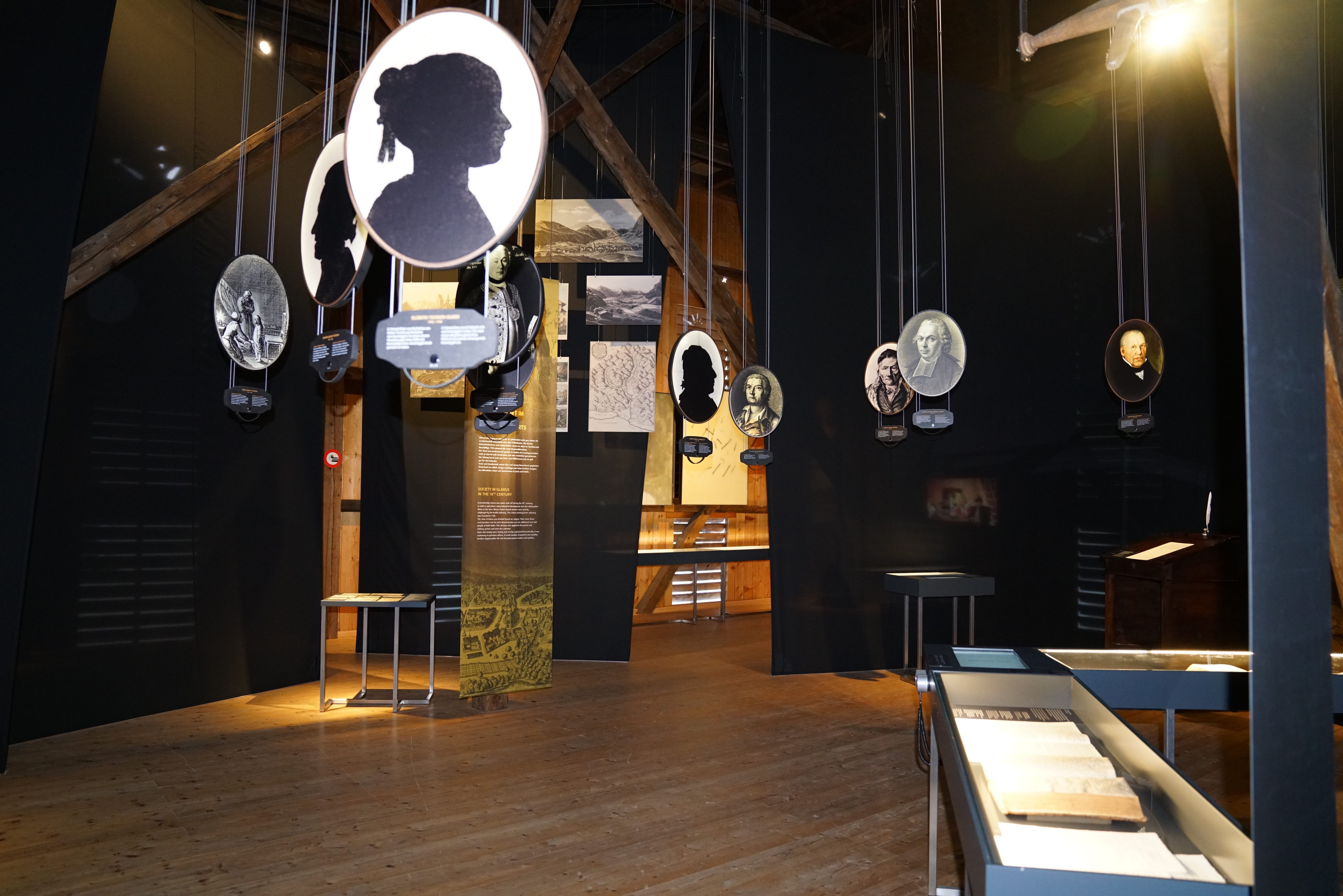
As the Local reports, an anonymous donor has given one million francs—about 1,080,000 American dollars—to renovate the Anna Göldi Museum. The museum, which is located in Ennenda, Switzerland, is focused on human rights and women’s rights, topics it explores through the story of the wrongful execution of Anna Göldi, known as “the last witch in Europe.” It’s currently only open in the summers, but will use the money to operate year-round.
Göldi was, of course, not really a witch at all. Born to a poor family in Sax, Switzerland, and subject to a series of misfortunes during her younger years, Göldi eventually fled her hometown for the canton of Glarus, where she worked as a domestic servant for a doctor and aspiring politician named Jakob Tschudi. Göldi looked after the household for 17 years, until one day Tschudi fired her.

Soon after, he reported her to the authorities. He claimed that he had found needles in the family’s bread and milk, and that Göldi was using witchcraft to try and poison his children. But modern scholars think it’s more likely that Tschudi was having an affair with Göldi. When he fired her, she threatened to expose this fact, and rather than risk his political career, he decided to use the law to get rid of her. As scholar Walter Hauser told the BBC, “Anna Göldi was a threat to powerful people. They wanted her out of the way.”
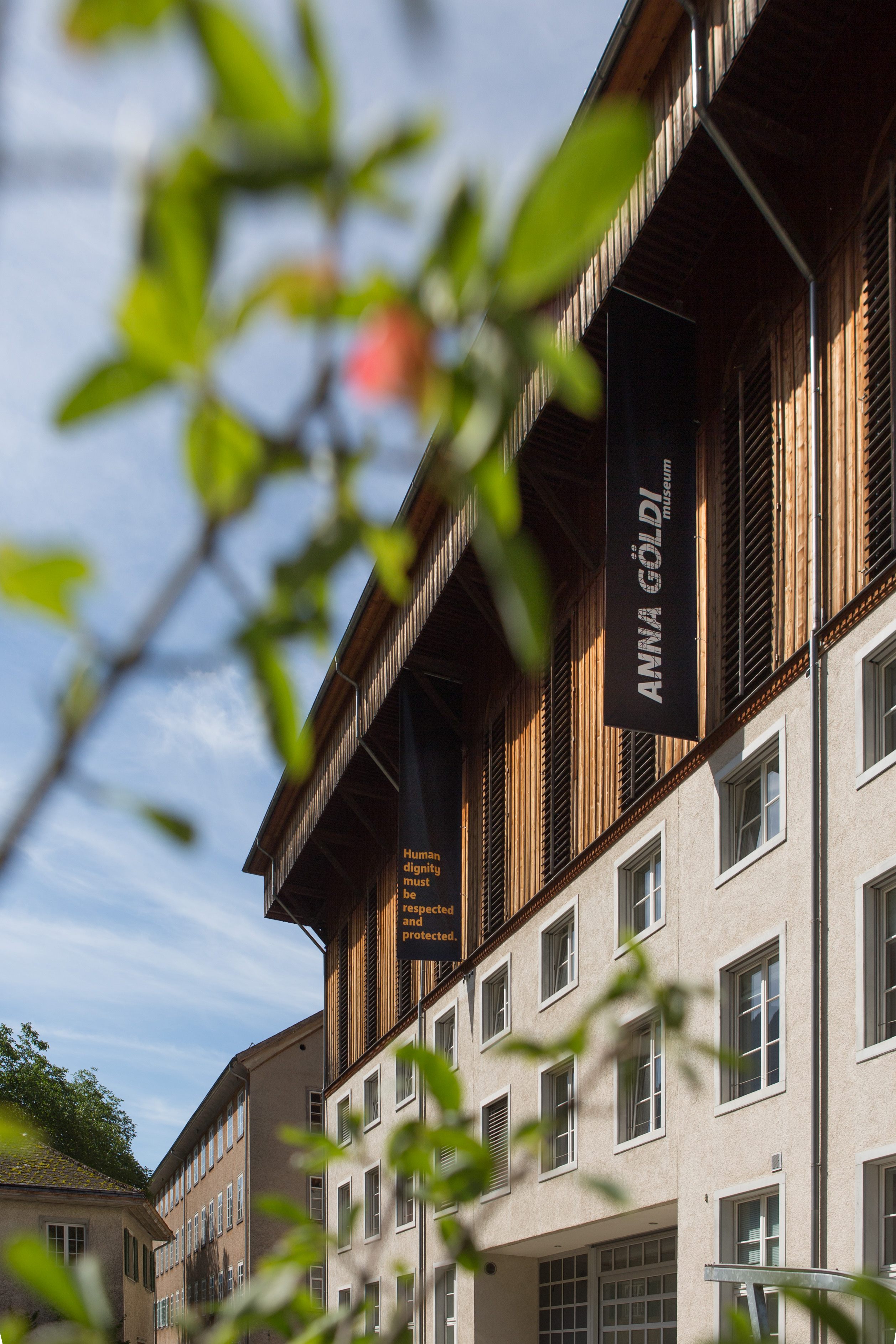
Göldi was tortured until she admitted to colluding with the devil. She later retracted that confession, but after she was tortured again, she re-confessed. She was found guilty, and in 1782, she was beheaded in the public square. This execution caused a backlash in her time as well: “Educated people [in Switzerland] did not believe in witchcraft in 1782,” Hauser said.
Over the past few decades, Göldi has found a kind of second life as a symbol of women’s rights, human rights, and what can happen when the powerful are allowed to abuse their authority. In 2008—after much lobbying from Hauser—the parliament of Glarus officially exonerated Göldi, deeming her trial a miscarriage of justice. The local courthouse now has a memorial to her, consisting of two perpetually-lit lamps. There have been books and movies dedicated to her story, and there is even a new musical about her, which opened last fall.
There is also the museum, which first opened in early 2017, and moved to a new location—a historic textile building—that same summer. The large donation will fund the building’s heating and insulation, as well as the construction of a new staircase that will enable easier access.
“With this investment, we can open the museum all year long,” says museum board member Maggie Wandfluh. It’s too little, too late for Göldi—but, perhaps, just in time for the rest of us.




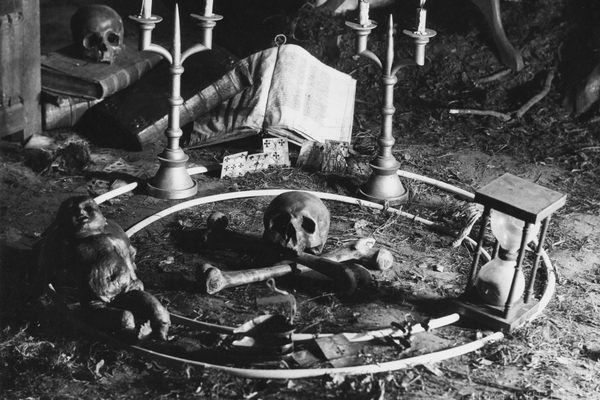
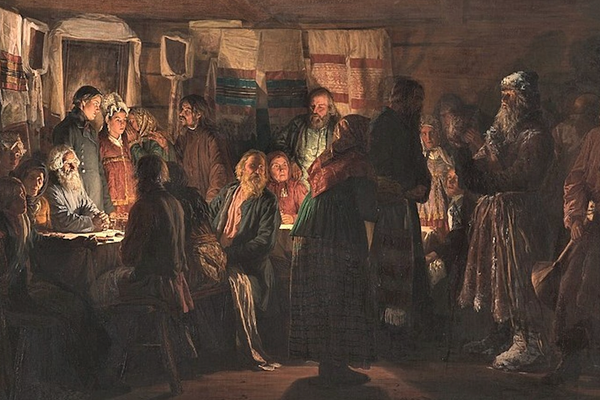





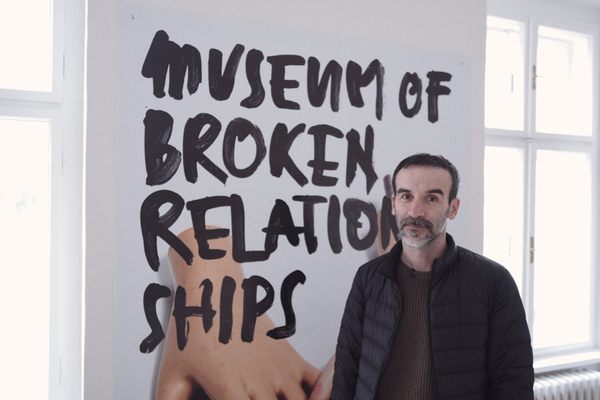





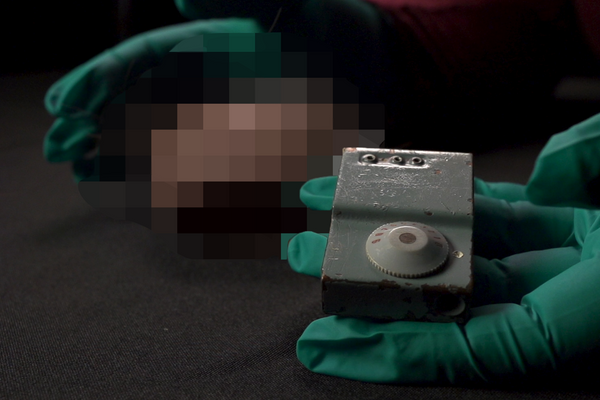










Follow us on Twitter to get the latest on the world's hidden wonders.
Like us on Facebook to get the latest on the world's hidden wonders.
Follow us on Twitter Like us on Facebook